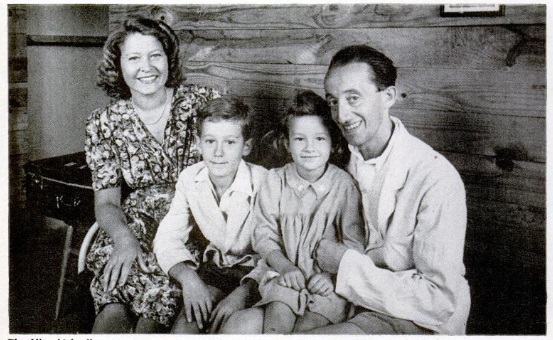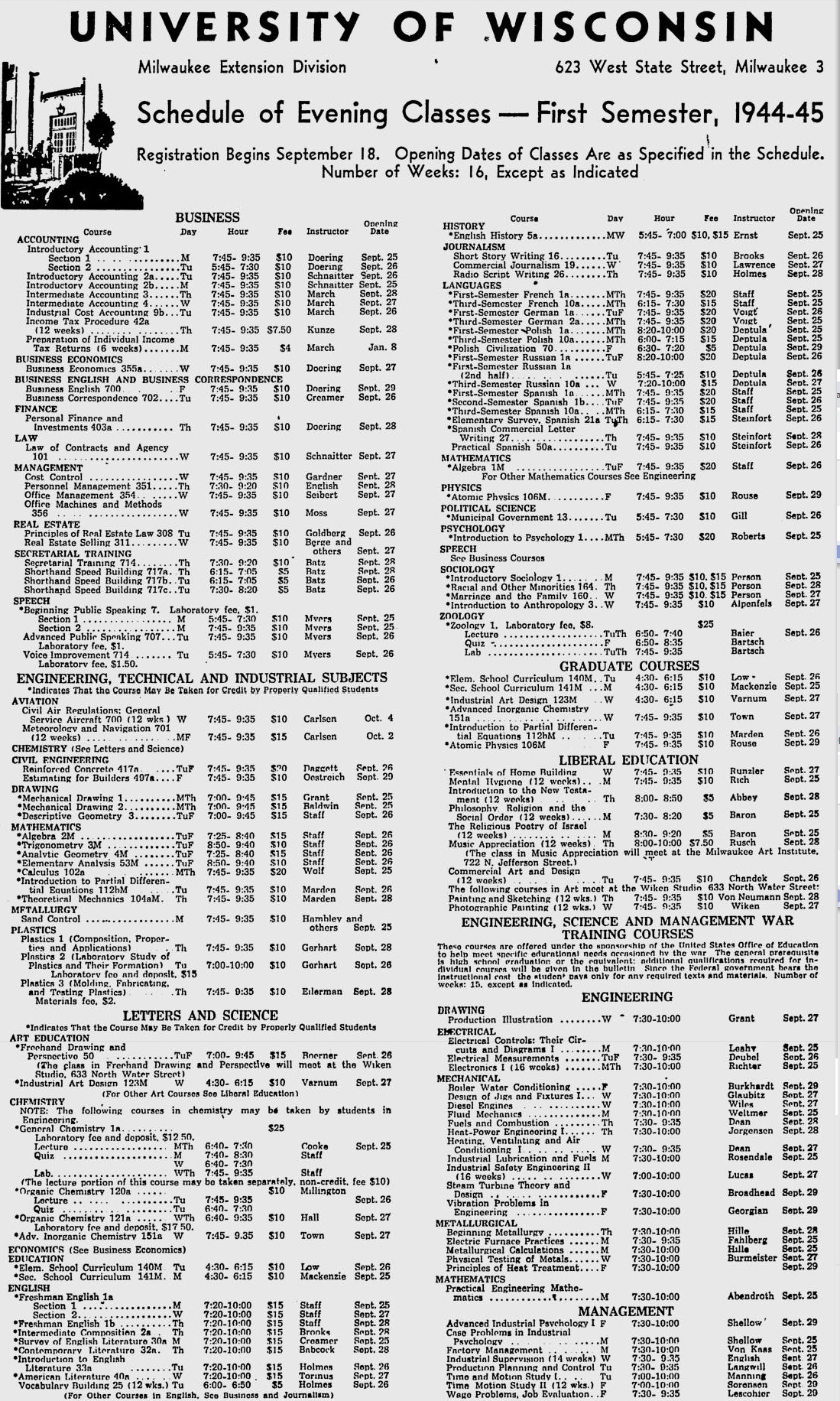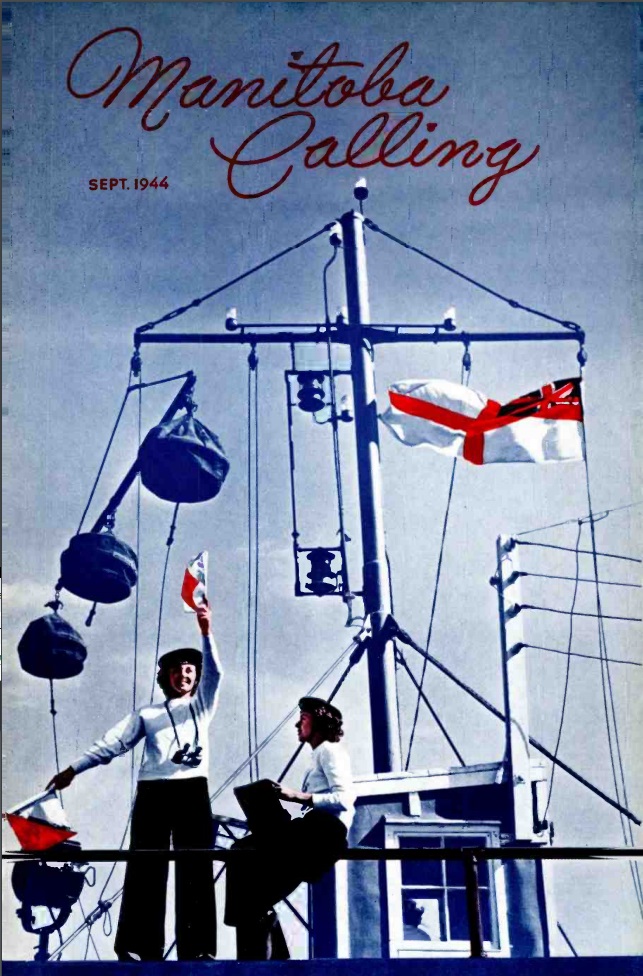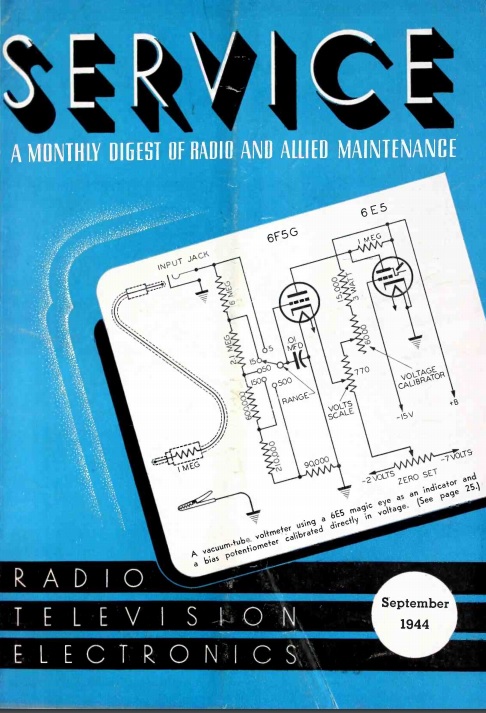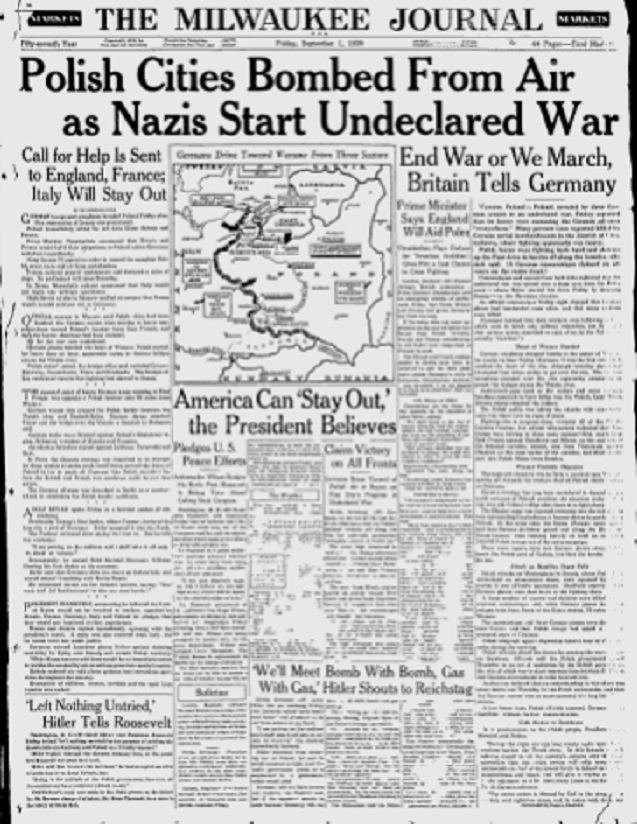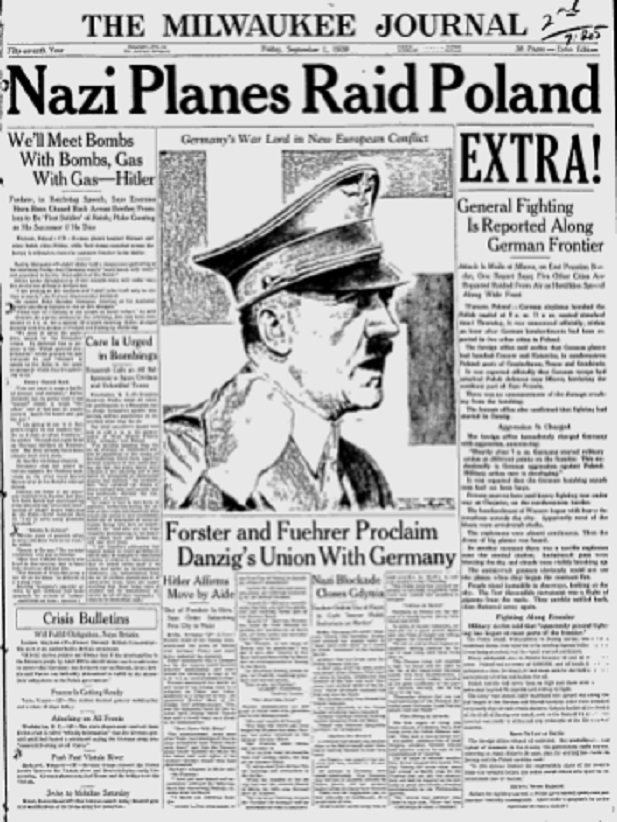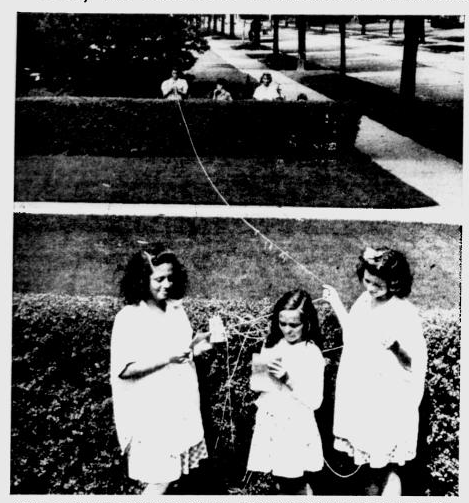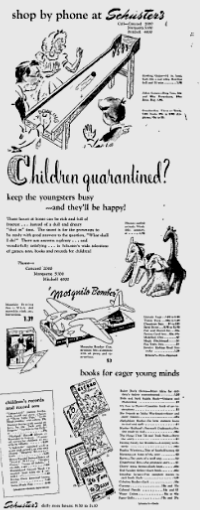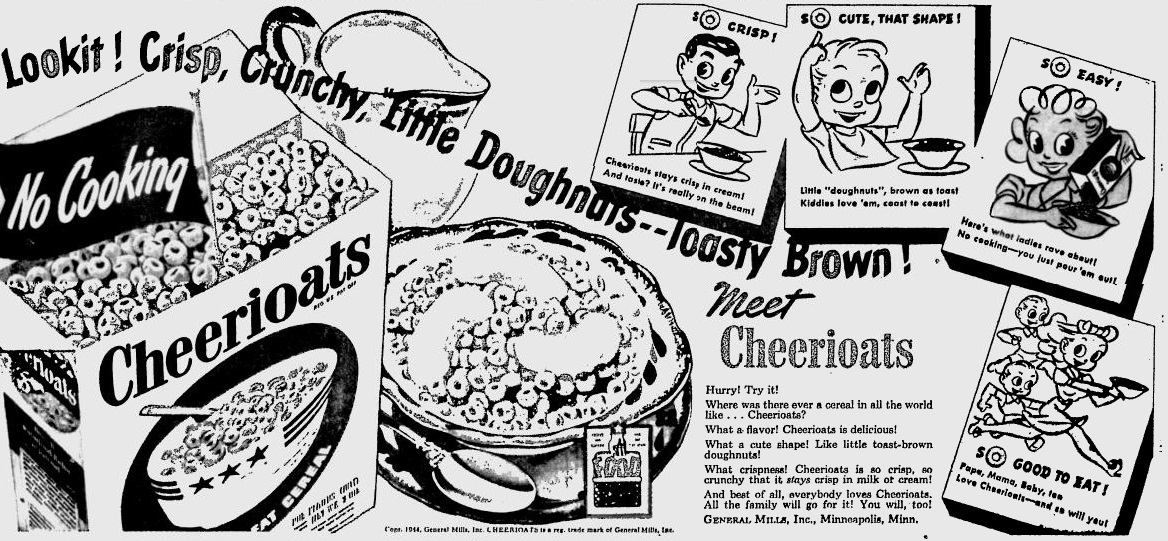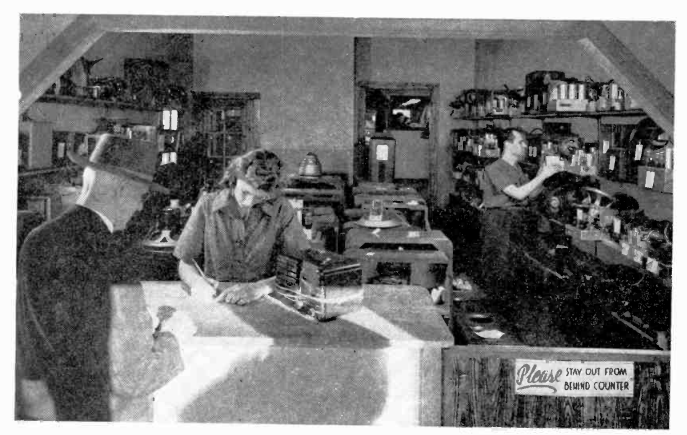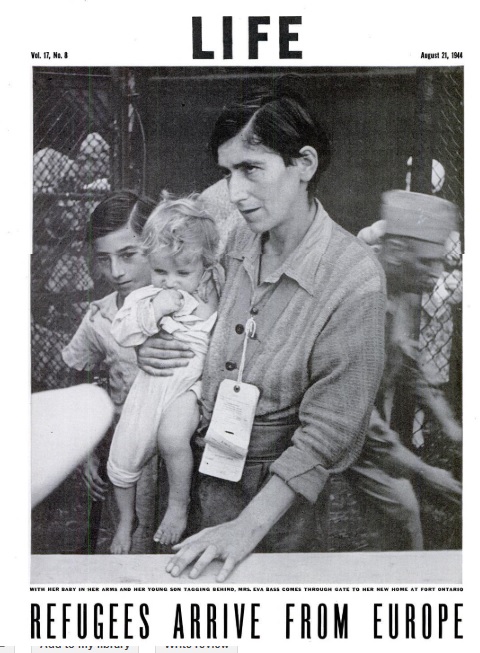 Shown above, in the August 21, 1944, issue of Life Magazine, is Mrs. Eva Bass, a Paris nightclub singer who had lived in Milan before the war. Because she was a Swiss Jew, she was placed in a concentration camp, and later in “free confinement” in Potenza.
Shown above, in the August 21, 1944, issue of Life Magazine, is Mrs. Eva Bass, a Paris nightclub singer who had lived in Milan before the war. Because she was a Swiss Jew, she was placed in a concentration camp, and later in “free confinement” in Potenza.
When the Allies arrived in Italy, she carried her children 60 kilometers through the lines, many days without food. They were placed in an Allied relief camp in Italy. She was one of a smaller group, chosen because they were virtually desitute without any means of support, to go to America. “They will remain at Fort Ontario, Oswego, N.Y., for the duration of the war as wards of the U.S. Sine they entered the U.S. outside the immigration quotas, they will have to leave when the war is over.”
After they were registered and their meager possessions cleared customs, they were assigned  to army barracks where they would live for the duration of the war.
to army barracks where they would live for the duration of the war.
The family shown below is identified as the Albrecht family. The father was Jewish and the mother Catholic. The children are identified as Peter, 10, and Renata, 5. According to the magazine, he operated a theater in Vienna but fled to Italy in 1939, followed later by his wife and children.
As the photos and article make clear, the conditions were very austere, but one of the refugees “threw her arms around a government representative, saying, ‘this is more beautiful than anything in Europe. Now I have a villa on the Lake Ontario.”
All of the residents remained interned until 1946. According to Wikipedia, ” President Roosevelt made himself very clear that immigration laws were not going to be ignored. The refugees would merely be in the United States, not citizens of the United States. They would have no visa status. President Roosevelt also assured Congress that the Army would not permit any refugee escapes.” In 1946, under President Truman, the decision was made to allow the refugees to become U.S. Citizens.
